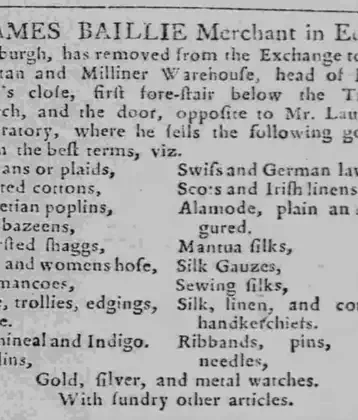
Treaty of Greenwich, between Henry VIII and Earl of Arran, Regent of Scotland, agreeing betrothal of Mary Queen of Scots (aged, 6 months) and Edward Prince of Wales (aged, 6 years). The treaty was repudiated by the Scots Parliament.
The Treaty of Greenwich (also known as the Treaties of Greenwich) contained two agreements both signed on 1 July 1543 in Greenwich between representatives of England and Scotland.
The accord, overall, entailed a plan developed by Henry VIII of England to unite both kingdoms (i.e. Union of the Crowns). The first sub-treaty helped to establish peace between the Kingdom of England and the Kingdom of Scotland.
The second sub-treaty was a marriage proposal between Edward VI of England and Mary, Queen of Scots. In this part of the treaty, it was agreed that Mary would be accompanied by an English nobleman/gentleman (and his wife) until she was ten years old. Afterwards, Mary would reside in England until the time of her marriage. Also, the Treaty of Greenwich permitted the Kingdom of Scotland to maintain its laws.
Even though the Earl of Arran signed the accord on 1 July and ratified it on 25 August 1543, the Treaty of Greenwich was ultimately rejected by the Parliament of Scotland on 11 December 1543, leading to eight years of Anglo-Scottish conflict known as the Rough Wooing.
More From This Day











